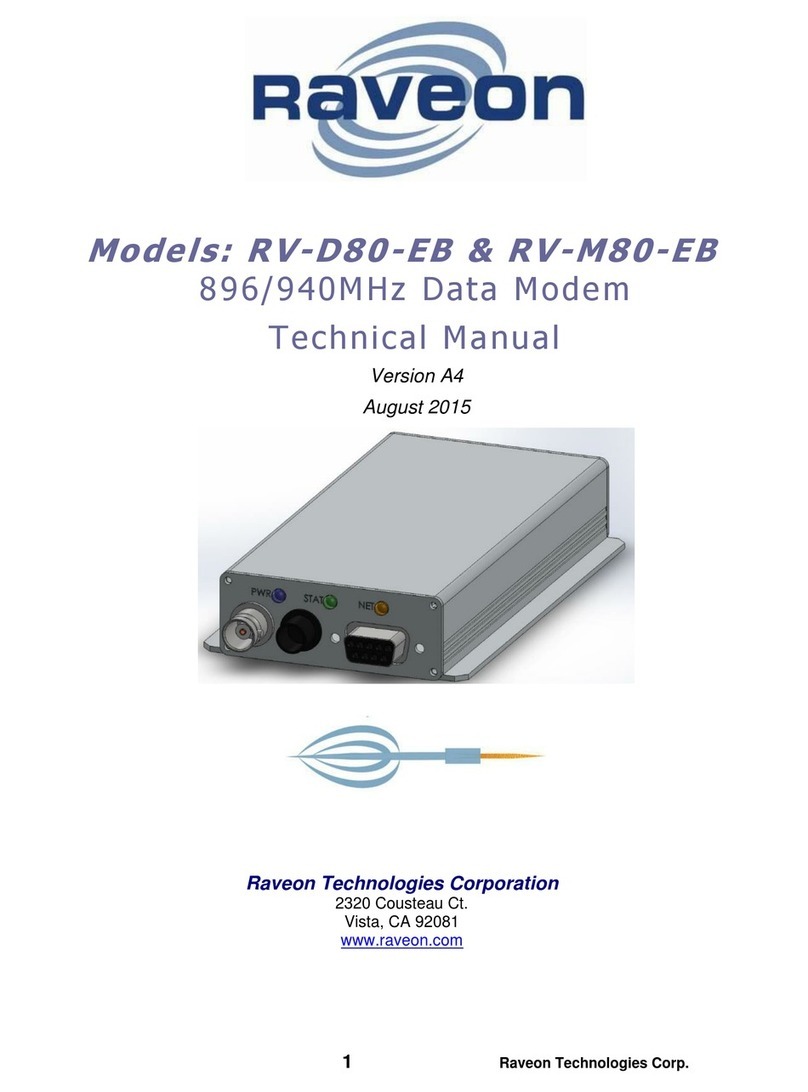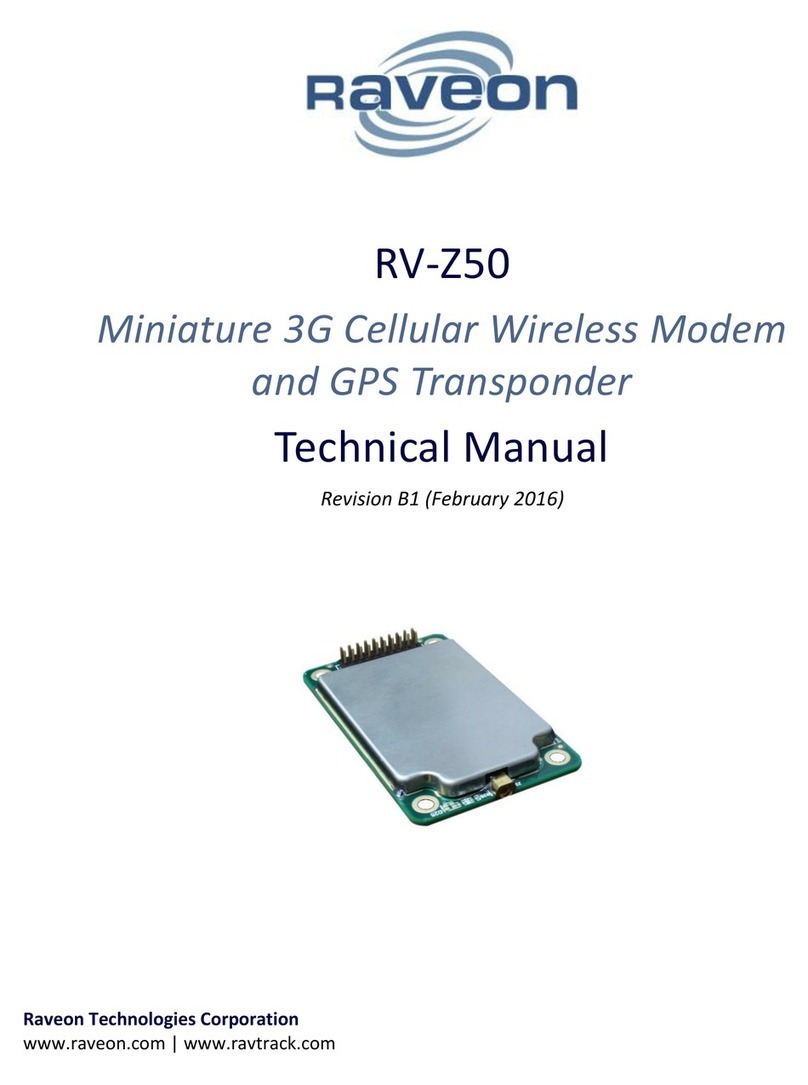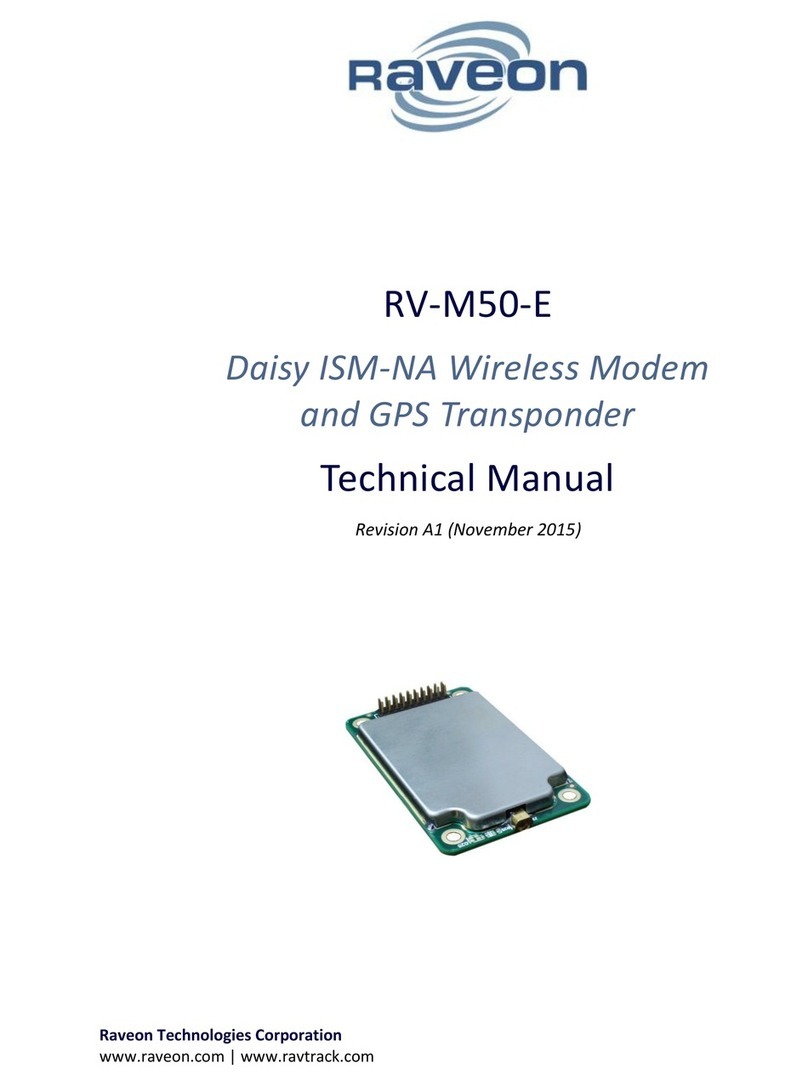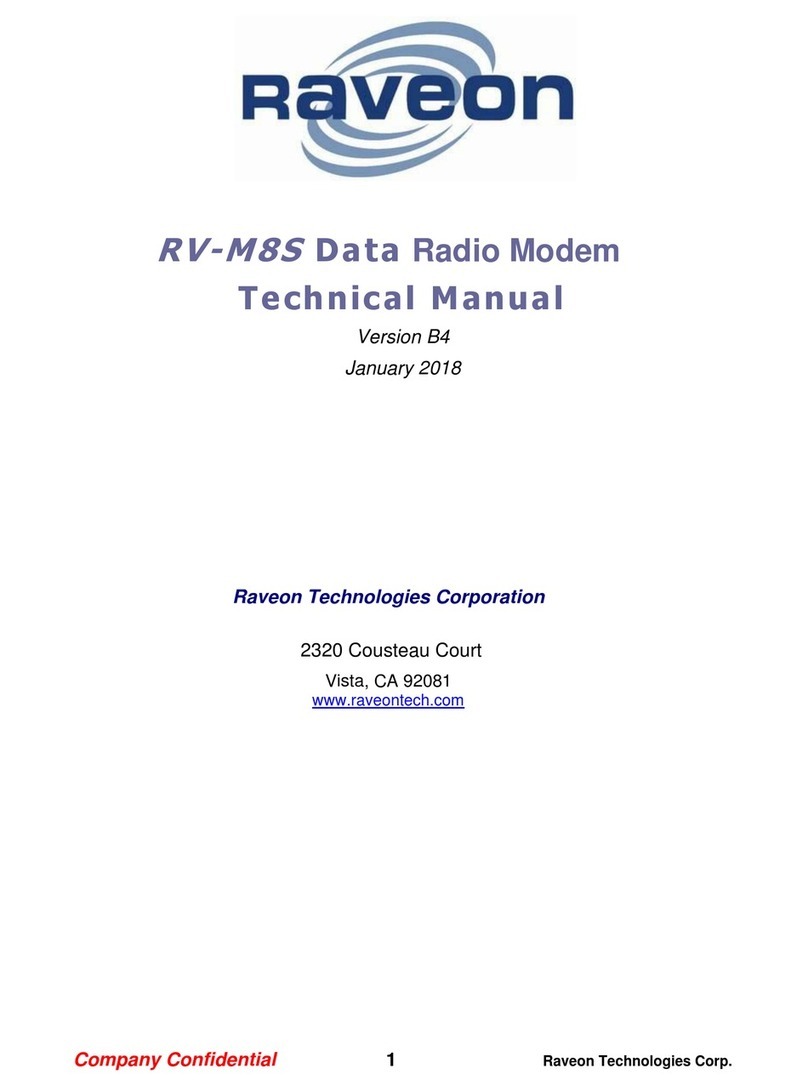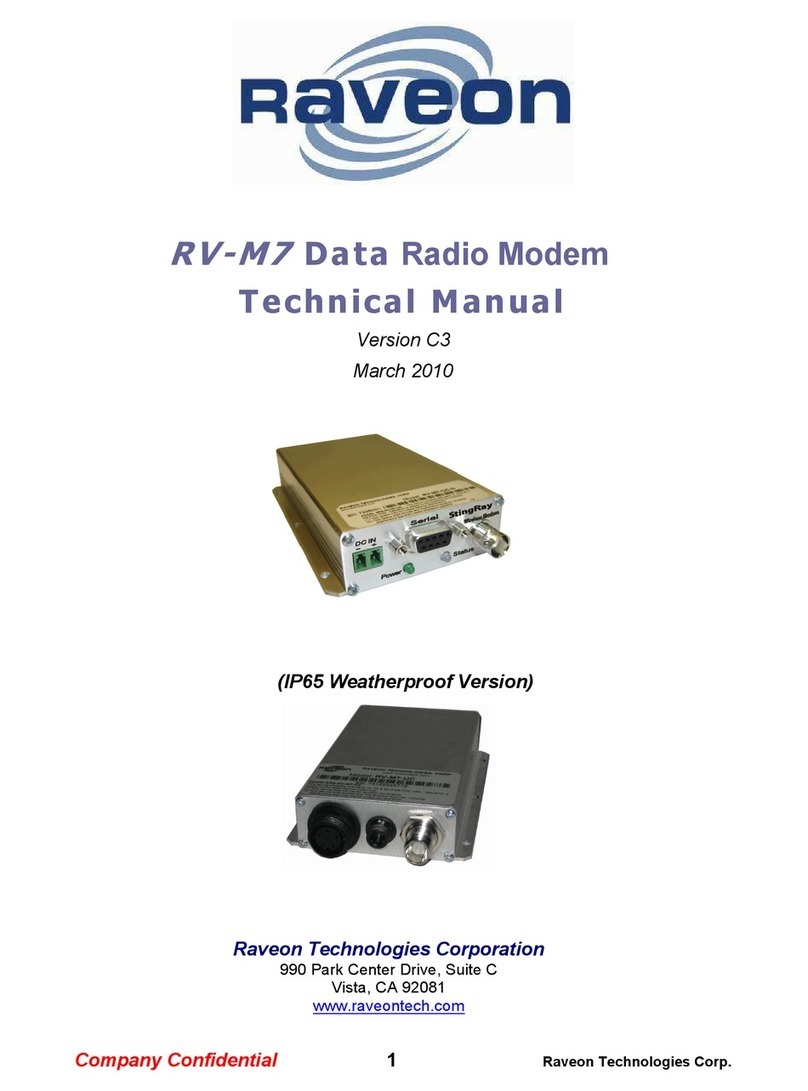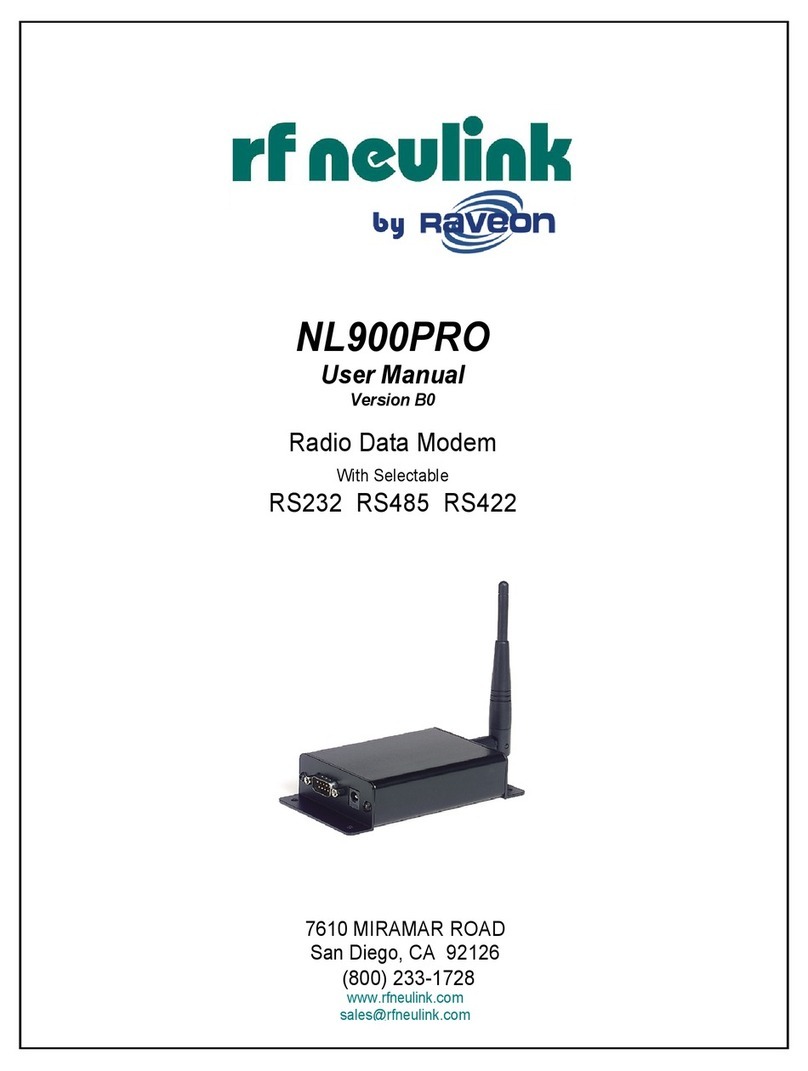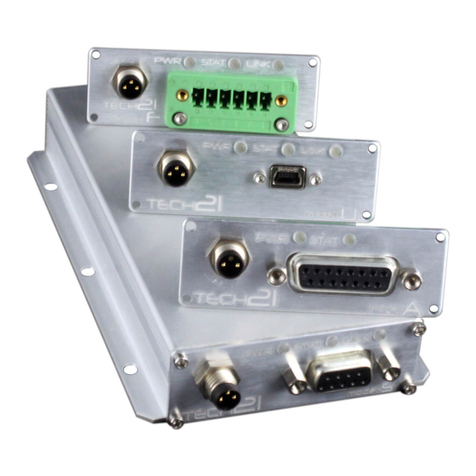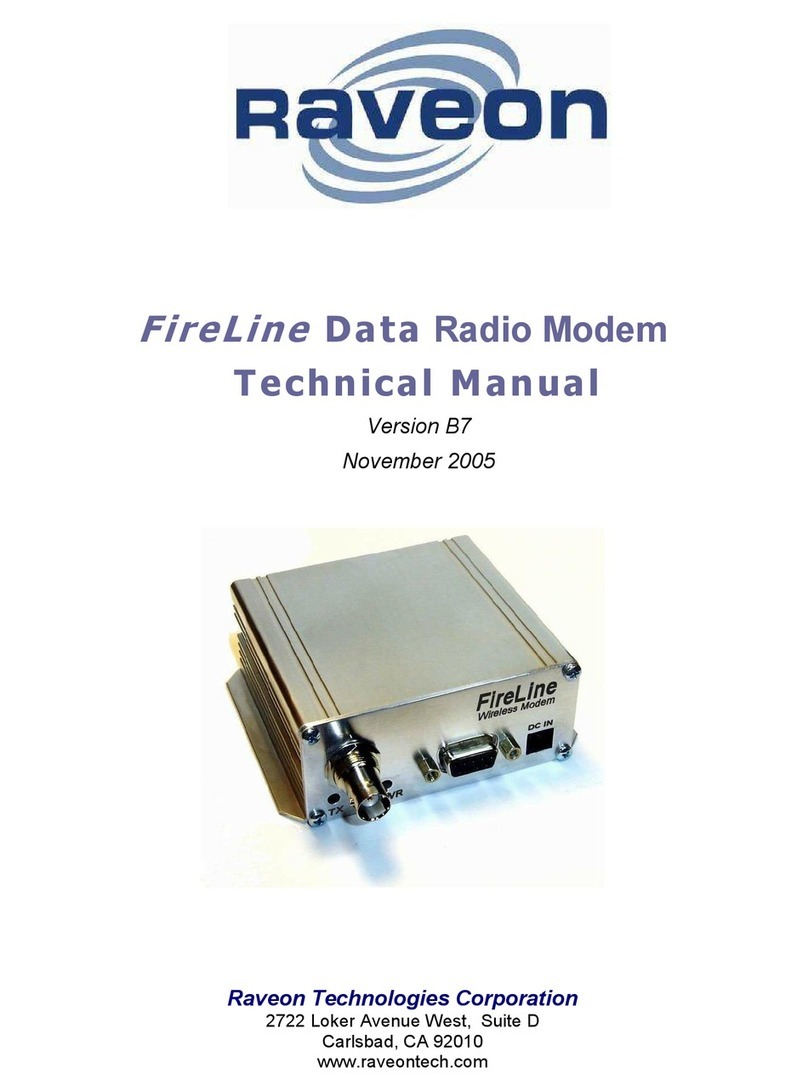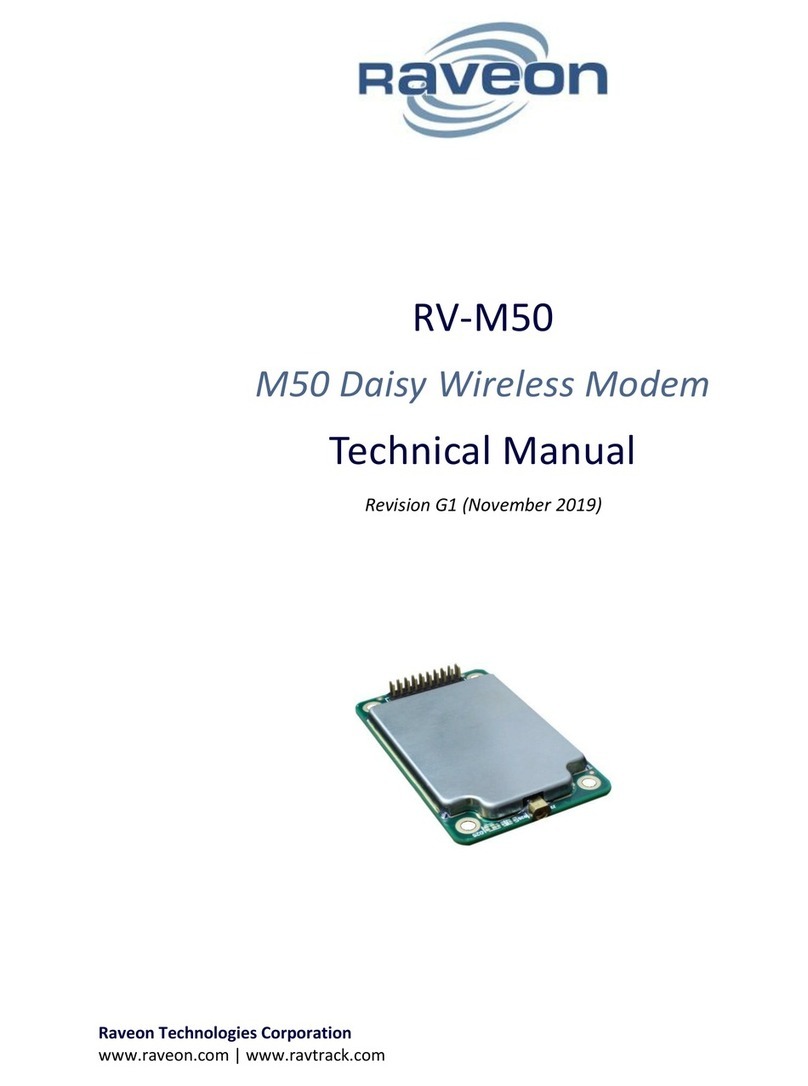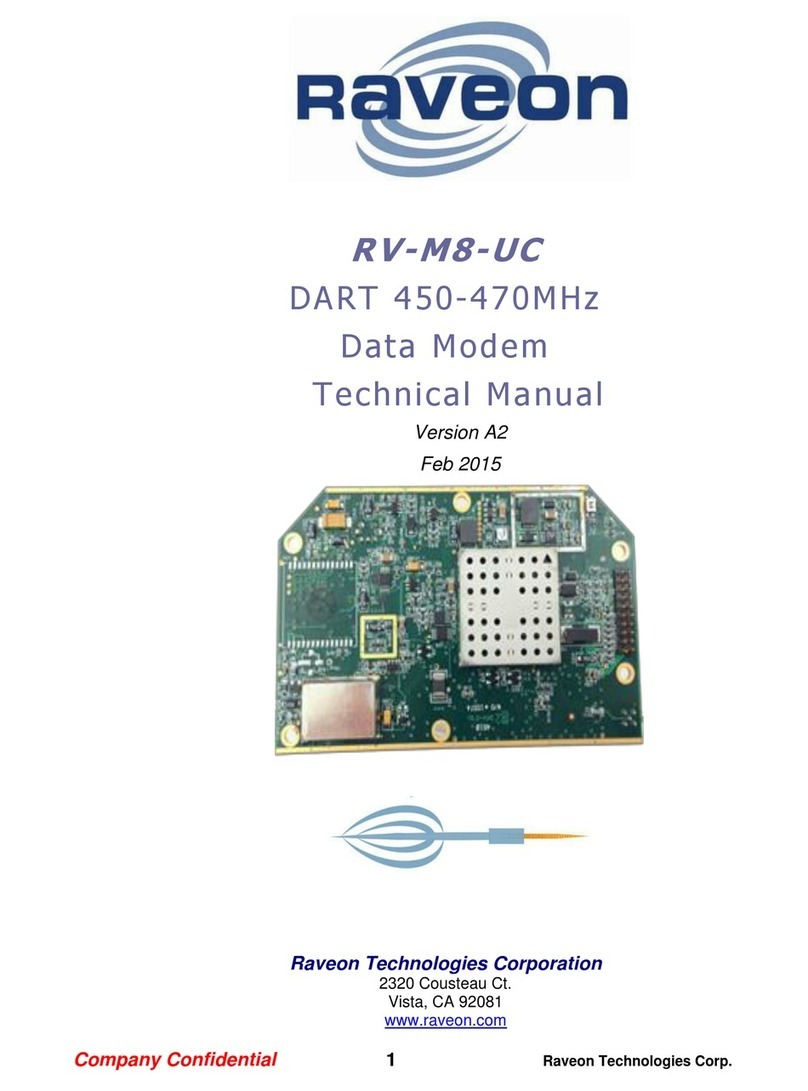
RV-M7 Technical Manual
Packet Size............................................................................................................................................................................ 34
Key-On_Data ........................................................................................................................................................................ 34
Busy-Channel Lock Out......................................................................................................................................................... 34
6.4 Addressing (Packetized Mode only) ............................................................................................................................ 34
Addressing Basics ................................................................................................................................................................. 34
Group Numbers.................................................................................................................................................................... 35
Hexadecimal Numbers ......................................................................................................................................................... 35
Setting A System-Wide Address ........................................................................................................................................... 36
Broadcast Transmissions ...................................................................................................................................................... 36
The Address Mask ................................................................................................................................................................ 36
Listen Address (Version C21 and higher firmware): ............................................................................................................. 37
Addressing Examples:........................................................................................................................................................... 37
6.5 Error Correction........................................................................................................................................................... 38
6.6 Store-and-Forward Repeating ..................................................................................................................................... 39
Automatic Repeater Configuration ...................................................................................................................................... 39
Manual Configuration of the Repeat Feature ...................................................................................................................... 39
7. Using the M7 Modem –Streaming Mode.......................................................................................... 43
7.1 Streaming Mode Operation......................................................................................................................................... 43
7.2 Baud Rate Selection..................................................................................................................................................... 43
7.3 Bit Errors...................................................................................................................................................................... 44
7.4 Carrier Detect .............................................................................................................................................................. 44
7.5 Serial Data Flow Control.............................................................................................................................................. 44
7.6 Setting the Over-The-Air Data Rate............................................................................................................................. 45
8. Installation.......................................................................................................................................... 47
9. FCC Licensing Information.................................................................................................................. 47
10. Debug Related Commands................................................................................................................. 48
11. M7 Diagnostic Provisions ................................................................................................................... 50
11.1 Overview of Diagnostics .............................................................................................................................................. 50
11.2 Reading the Diagnostic Information............................................................................................................................ 50
11.3 Status and Statistics Command ................................................................................................................................... 50
11.4 ATST Command ........................................................................................................................................................... 52
11.5 ATST2 Command ......................................................................................................................................................... 52
11.6 ATST3 Command ......................................................................................................................................................... 53
11.7 ATST4 Command ......................................................................................................................................................... 53
12. Tune-up and Alignment...................................................................................................................... 53
12.1 Periodic Calibration ..................................................................................................................................................... 53
12.2 Calibration Commands ................................................................................................................................................ 54
12.3 Center Frequency ........................................................................................................................................................ 54
12.4 TX Deviation ................................................................................................................................................................ 55
12.5 TX Modulation Balance................................................................................................................................................ 55
12.6 RX Carrier Detect......................................................................................................................................................... 55
13. SkyLine Compatibility ......................................................................................................................... 56
13.1 General........................................................................................................................................................................ 56
13.2 Configuring M7 to Communicate with a SkyLine......................................................................................................... 56
14. Antenna Information.......................................................................................................................... 56
15. Appendix A. Serial Port Hardware.................................................................................................... 58
15.1 Serial Port Data and Handshaking Signals ................................................................................................................... 58
TxD (INPUT) ......................................................................................................................................................................... 58
RxD (OUTPUT) ..................................................................................................................................................................... 58
RTS ....................................................................................................................................................................................... 58
CTS........................................................................................................................................................................................ 58
CD......................................................................................................................................................................................... 59
